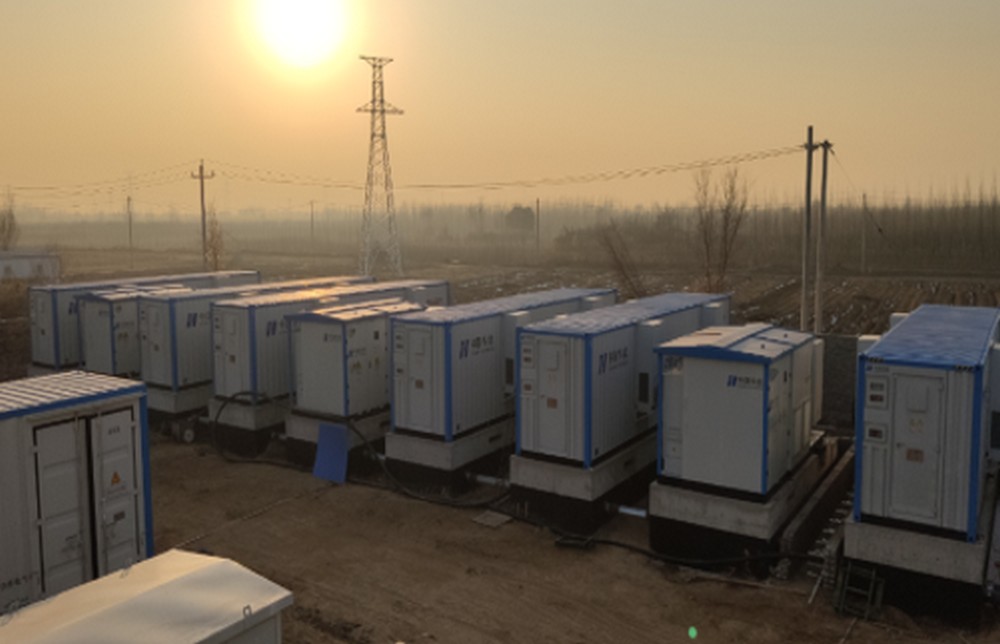Today, we will discuss the classification of energy storage based on its usage scenarios. Generally, we know that electricity production involves three stages: production, transmission, and consumption. Based on these three stages, there are three application scenarios for energy storage: energy storage at the generation stage, energy storage at the transmission stage, and energy storage at the user end. Energy storage at the generation stage is also known as source-side energy storage or primary energy storage. With the generation of renewable energy sources such as solar and wind, there is a high level of uncertainty and significant fluctuations in the power output, which can have an impact on the grid. Therefore, energy storage can be used to stabilize the grid. Typically, renewable energy and energy storage facilities are packaged together and connected to the grid at a single point. Energy storage at the transmission stage is also known as grid-side energy storage. When there is a high load on the grid, it can cause fluctuations, and energy storage can be used to regulate the frequency and voltage of the grid, thereby addressing issues related to poor grid regulation and weak distribution networks. Energy storage at the user end is also known as end-user energy storage. Essentially, this involves storing electricity when the price is low and releasing it when the price is high, enabling users to profit from the difference. Additionally, combining energy storage with solar power can help reduce electricity costs.

